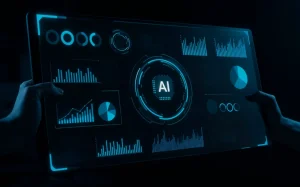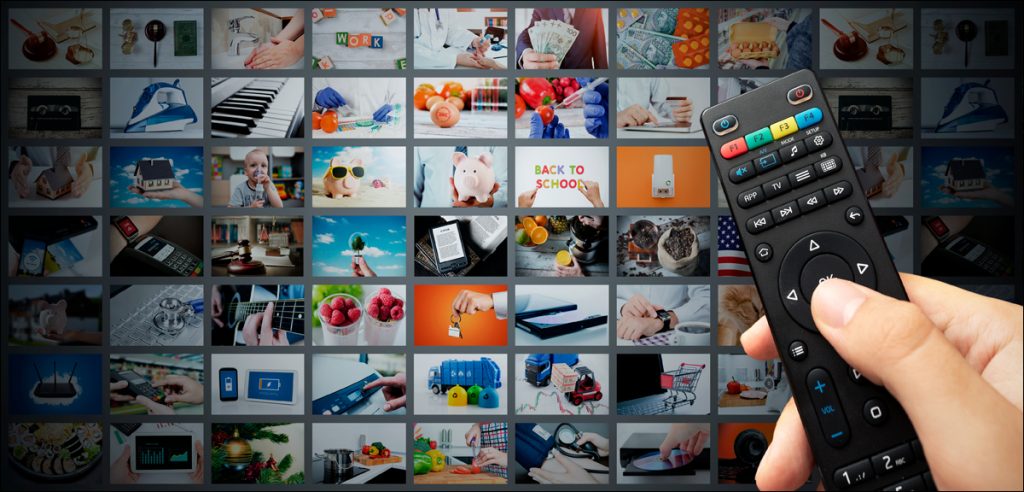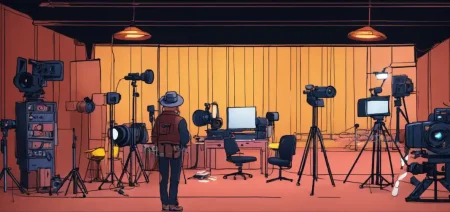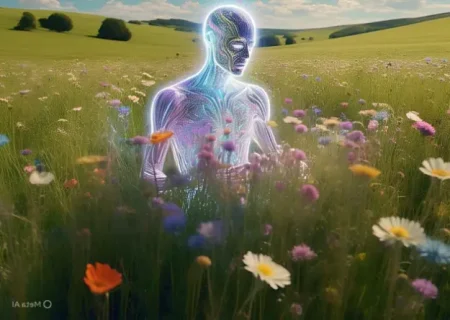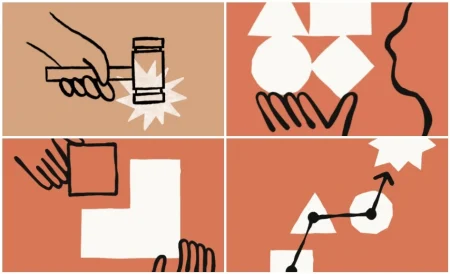Networking technology enabling streaming of everything from YouTube and Netflix to Zoom meetings, has transformed the world, yet Satyen K. Bordoloi says, it is only just putting on its shoes
Back in 1998-99 when I first began using the internet, speeds were so slow that I heard of romances starting while waiting for a page to load. None then fantasized that in less than two decades, we’d stream videos with resolution high enough to project live to a big theatre screen.
If a woman went into a coma in 1998 and emerged 20 years later, streaming would seem like sorcery. And she would not be wrong for streaming is a networking marvel that has metamorphosed the world.
Consider this. YouTube uses 150-375 MB per minute to stream 8K videos. Thus watching an hour of YouTube at 8K resolution, 30 frames per second (FPS), uses up to 22.5 GB of data. In 1999, the world produced about 1.5 exabytes of unique information. Thus if 73 million of YouTube’s over 2 billion monthly active users – watched just an hour of 8K video, they’ll consume more data than was generated in all of 1999.
More data streams across the world in a few minutes today, than was generated in a year before 2000. Streaming is singularly responsible for the exponential rise of both data usage and the amount of time people spend on the internet. Most people spend the majority of their time ‘watching’ something on their devices. Every time a video or online game is played or a Zoom meeting is attended, streaming technology is used.

Stream me up Scotty
Streaming is the process of transmitting media in a continuous manner from a source with little or no intermediate storage at any place along the way. Thus, when you hit play on your favorite Netflix or YouTube video, a connection is established between your device via your Wi-Fi router to wherever that content is stored. Bits of data from there travel through the global internetwork in a continuous, uninterrupted stream, and are assembled on your device to give you a coherent image with sound.
As if this continuous stream wasn’t complicated enough, it enters the realm of magic if you consider that every one of these apps: YouTube, Netflix, Amazon Prime, Zoom, Candy Crush PubG, etc. are establishing, and crucially, holding – hundreds of millions of different types of connections at the same time all across the world.
You thought TV transmitting the same content to millions of homes at the same time was big, imagine thousands of apps, transmitting trillions of different pieces of content, to hundreds of millions, sometimes billions of devices every second, each of which is at a different viewing point while at the same time more requests keep coming and others go out.
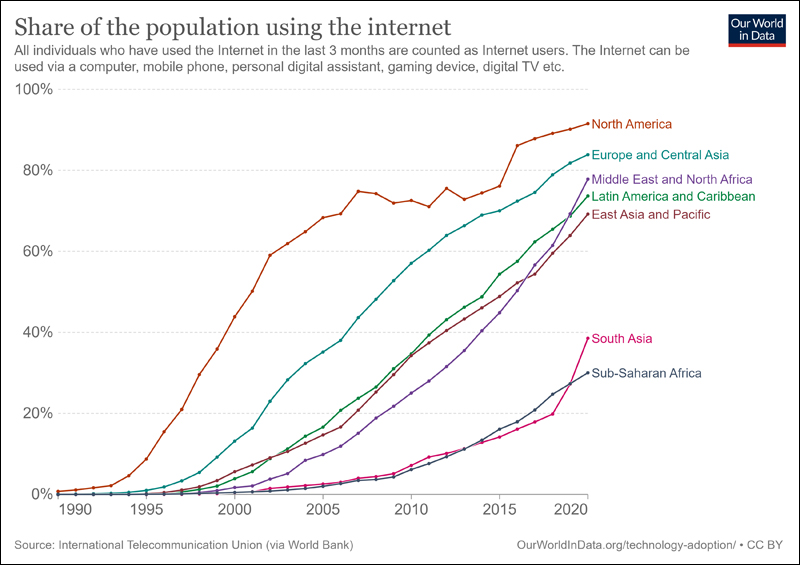
History
The first-ever streaming service in the world was inaugurated in 1881. Called Théâtrophone, it allowed subscribers to listen to opera and theatre performances live over telephone lines. In the 1920s technology for distribution of signals over electrical lines was patented leading much later to Muzak – a technology to stream continuous music to paying customers without using radio.

Obviously, when computers began developing in the 50s and 60s, there was an attempt to do something similar with them. But the hardware and software at the time did not permit it.
In the 90s, video-on-demand began on TV and was called ‘store and forward video’. The term streaming began to be used to describe the same sometime later and when video over the internet began, was used for it.
It is only when data compression in computer technologies became developed enough to match data speeds, that streaming as we know it today was born. In 1993, a live garage concert by the band Severe Tire Damage was streamed by Xerox as a proof of concept for the first time across the world in a quality that was pitiable as you can see here and consumed, as a band member claimed, almost ‘half of the total bandwidth of the internet’.
In the 2000s most of the streaming used Adobe’s flash technology. But its proprietary nature ensured others couldn’t develop it and had to license it from Adobe. When Steve Jobs said the newly minted iPhone will not use the hugely popular flash format, it began the slow decline of the tech that would die down completely just over a decade later.
In the 2000s most of the platforms that would both raise the bar and also increase streaming usage, YouTube and Netflix among others began streaming. Also proliferated at that time – though little talked about despite hogging a good amount of global bandwidth – were pornographic videos.
All of this was, as if, preparation for 2020. As people across the world stayed home thanks to pandemic lockdowns, streaming usage shot up exponentially not just for entertainment or information, but for work meetings.
The Tech behind Streaming
At the source, a Content Delivery Network is used to store data in a remote server that is closer to where a user is, this reduces latency or lag that you sometimes experience and thus speeds up delivery. User Datagram Protocol or Transmission Control Protocol breaks these into small packets and transmits them from the source to the destination via a network also using Internet Protocol.
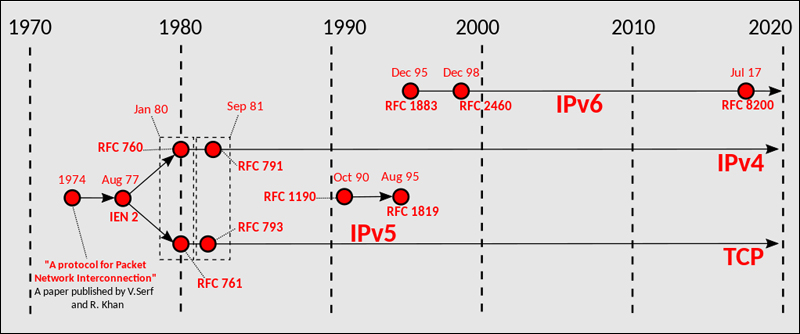
The browser or program at the user’s end accepts this continuous flow of data packets being beamed from the remote server and interprets them as video or sound, assembles them, and plays them on your screen. There are encryption and decryption services employed on either end of this network if this data is private.
This disassembly of data, turning them into transmissible packets and then making them coherent at the user end – unlike how the internet was in 1998 where data at one end was dumped into the receiver’s system – makes up most of the internet and uses increasingly complex networks and protocols.
The Future
With an increase in the use of Augmented Reality and Virtual Reality and the rise of 5G connectivity, the transmission package will not just include audio and video, but spatial data where a device will capture a holographic video of a person and stream her 3D video live inside a board room, the likes of which you often see in sci-fi films. The networking requirements for transmitting and receiving such data packages will be much more complex than what we have today.
And let’s not forget the Internet of Things (IoT). Taking an average of different estimates, the installed base of IoT devices by 2025 is expected to grow to around 30 billion worldwide. The most common element in each IoT device is its ability to network either with a nearby device or the larger internet. Networking technologies will thus have to keep up with the data streaming requirements emanating from IoT.
If you map the network streams going on at this moment globally, you’ll see a sort of alternate world where millions of streams carrying billions of bits of data – video, audio, location and spatial data etc. – are crisscrossing the world at breath-taking speeds via cables on land and undersea, satellites or mobile towers, with the last mile increasingly being delivered via wi-fi networks to impatient mobiles, laptops, tablets, TV, watches, smart glasses etc. The spiritual assertion that ‘everything is connected’ has a digital equivalent thanks to networking.
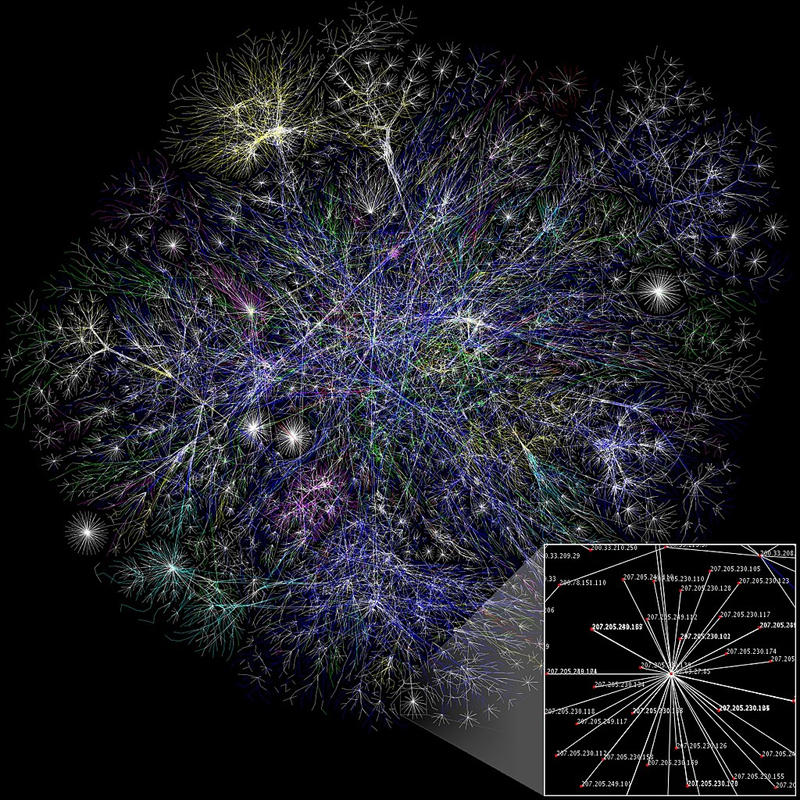
In 1998 when I first began using the internet in cybercafes, romances were facilitated by the slowness of networking speeds. Today, it is being eased by just the opposite as romance seekers – within a 2022 minute – can accept or reject not one but literally a hundred or more potential partners digitally. The sky is no longer the limit, but the speed of your thumb and more importantly – the strength of your network – is.
In case you missed:
- Susan Wojcicki: The Screaming Legacy of The Quiet Architect of the Digital Age
- AI vs. Metaverse & Crypto: Has AI hype lived up to expectations
- AI Taken for Granted: Has the World Reached the Point of AI Fatigue?
- What are Text-to-Video Models in AI and How They are Changing the World
- Anthropomorphisation of AI: Why Can’t We Stop Believing AI Will End the World?
- Rise of the Robolympics: When R2-D2 Meets Rocky Balboa
- Quantum Leaps in Science: AI as the Assembly Line of Discovery
- AIoT Explained: The Intersection of AI and the Internet of Things
- One Year of No-camera Filmmaking: How AI Rewrote Rules of Cinema Forever
- A Data Centre on the Moon – From Sci-Fi to Necessity

